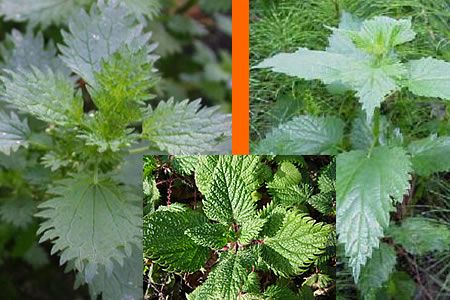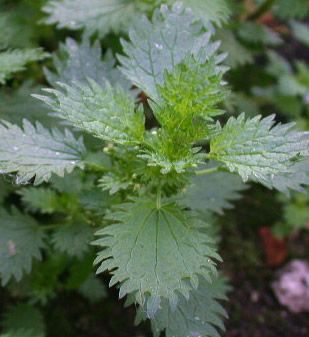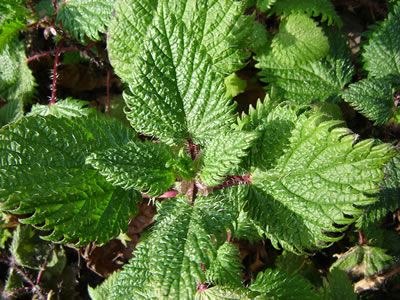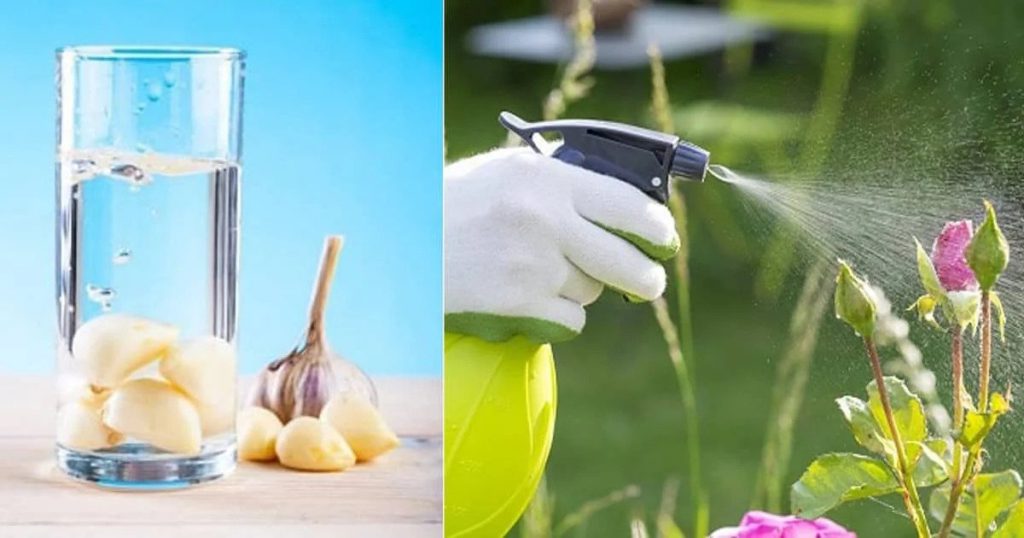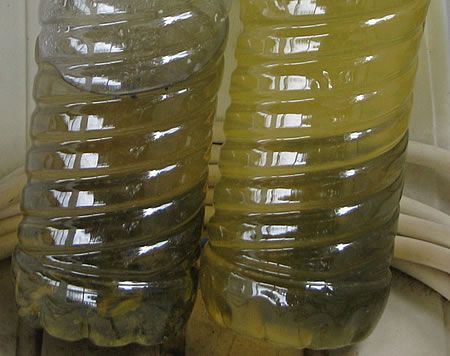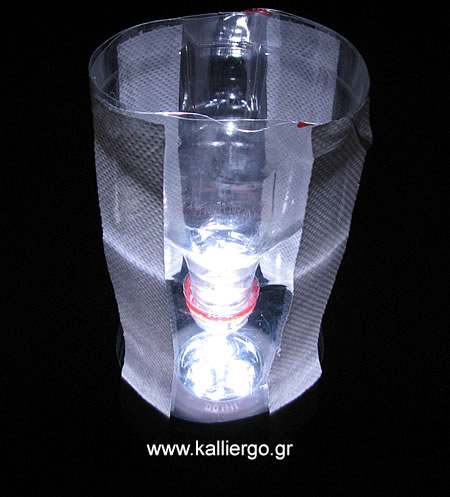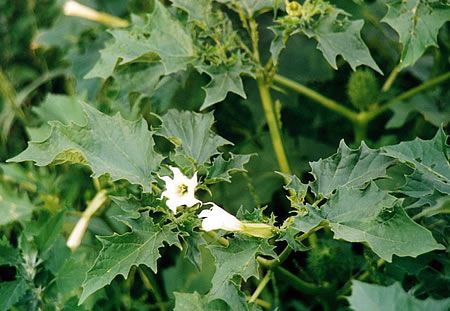We can use stinging nettle tea to protect our plants from aphids. Especially when these first start to appear on plants.
Materials for nettle tea
- 50 g of nettle leaves and stems
- 0.5 liters of water
- Fabric or tulle
- 1 liter container
How to prepare the nettle tea
In a container (wooden or plastic), add the fresh nettle parts and water. Stir well so that the nettles are submerged in the water. In warm weather the nettle tea can be ready in 14 hours, in cold weather we definitely need 24 hours, but no longer.
After this time we strain the mixture using the tulle.
Attention! We must use the nettle tea immediately or at most after 2 hours. Otherwise it loses its effectiveness.
How to use the nettle tea
Use the nettle tea as it is (without dilution). Spray the plants at the beginning of the infestation of aphids.
You should repeat the spraying for another 3 to 5 times. There should be 5 to 8 days between sprayings.
After the 5 sprays the plants have become so vigorous that they are no longer infested with aphids.
Which nettles to use to prepare the tea
To prepare the nettle tea, I recommend to use one of these 3 species of nettles.
Urtica doica, Urtica urens and Urtica pilulifera.
Nettle Urtica doica
Stinging nettle Urtica doica
William S. Justice @ USDA-NRCS PLANTS Database
Urtica dioica, often known as common nettle, burn nettle, stinging nettle (although not all plants of this species sting) or nettle leaf, or just a nettle or stinger, is a herbaceous perennial flowering plant in the family Urticaceae. Originally native to Europe, much of temperate Asia and western North Africa, it is now found worldwide, including New Zealand and North America. The species is divided into six subspecies, five of which have many hollow stinging hairs called trichomes on the leaves and stems, which act like hypodermic needles, injecting histamine and other chemicals that produce a stinging sensation upon contact (“contact urticaria”, a form of contact dermatitis).
Nettle Urtica Urens
Stinging nettle Urtica Urens
Photo © Carl Farmer (11 Sep 2003 Musselburgh)
Urtica urens, commonly known as annual nettle, dwarf nettle, small nettle, dog nettle, or burning nettle, is a herbaceous annual flowering plant species in the nettle family Urticaceae. It is native to Eurasia, including the Himalayan regions of Kalimpong, Darjeeling and Sikkim in India and can be found in North America, New Zealand and South Africa as an introduced species. It is reputed to sting more strongly than common nettle (Urtica doica).
Nettle Urtica pilulifera
Stinging nettle Urtica pilulifera
Photo © Luis Mata, Bonn Botanischen Gärten, Bonn, Deutschland (http://www.flickr.com/photos/dingilingi/5309323124/)
Urtica pilulifera, also known as the Roman nettle,[1] is a herbaceous annual flowering plant in the family Urticaceae. Can grow up to around 2 feet tall. Its leaves have stinging hairs, which can irritate the skin. Urtica pilulifera is native to the countries around the Mediterranean, and eastwards into the Arabian Peninsula and Iran. It has been introduced into Belgium, Germany and Great Britain. It is no longer found in Britain.
Sources:
Urtica dioica
Urtica urens
Urtica pilulifera
Tags: APHIDS • INFUSION • NETTLE • PLANT PROTECTION

